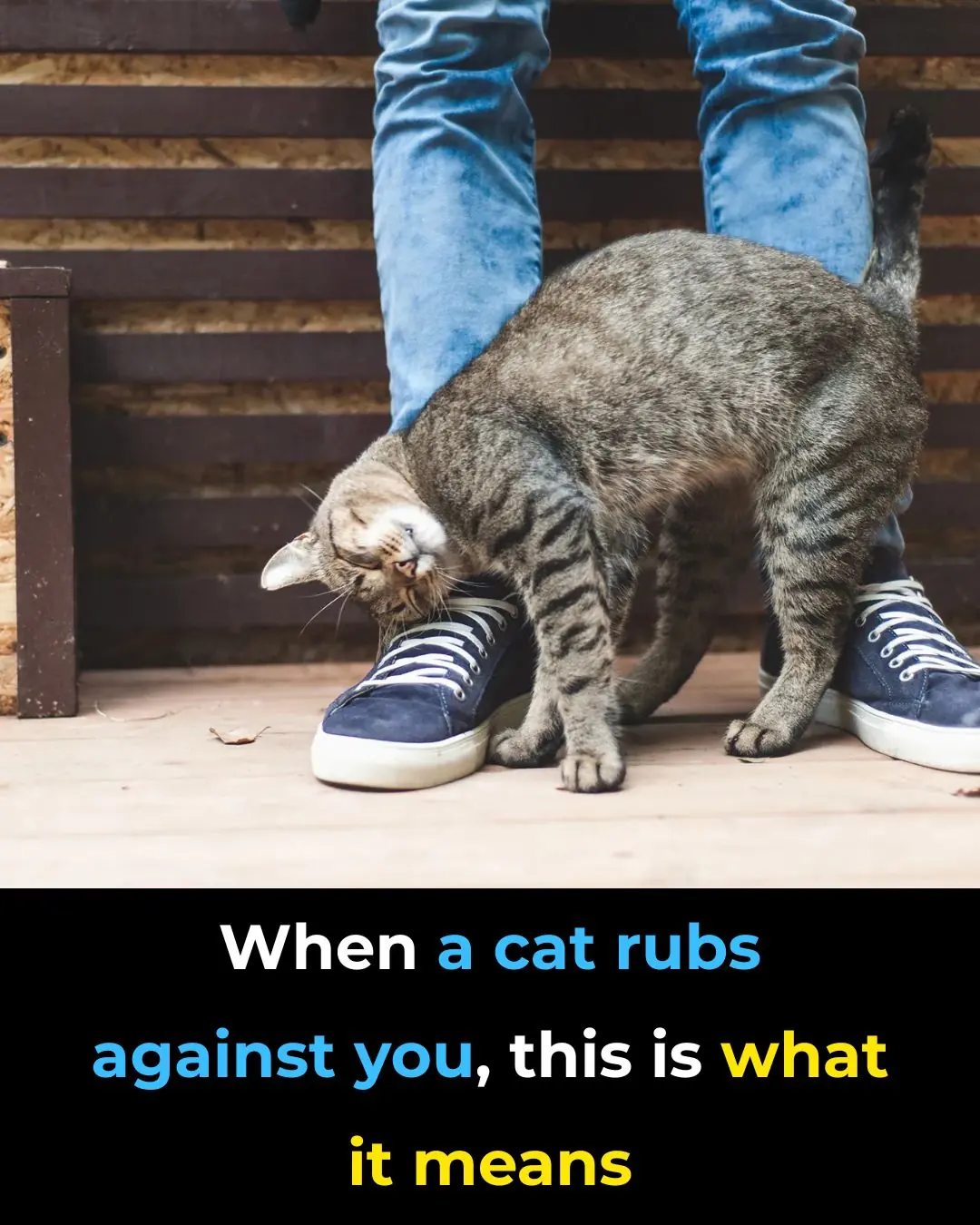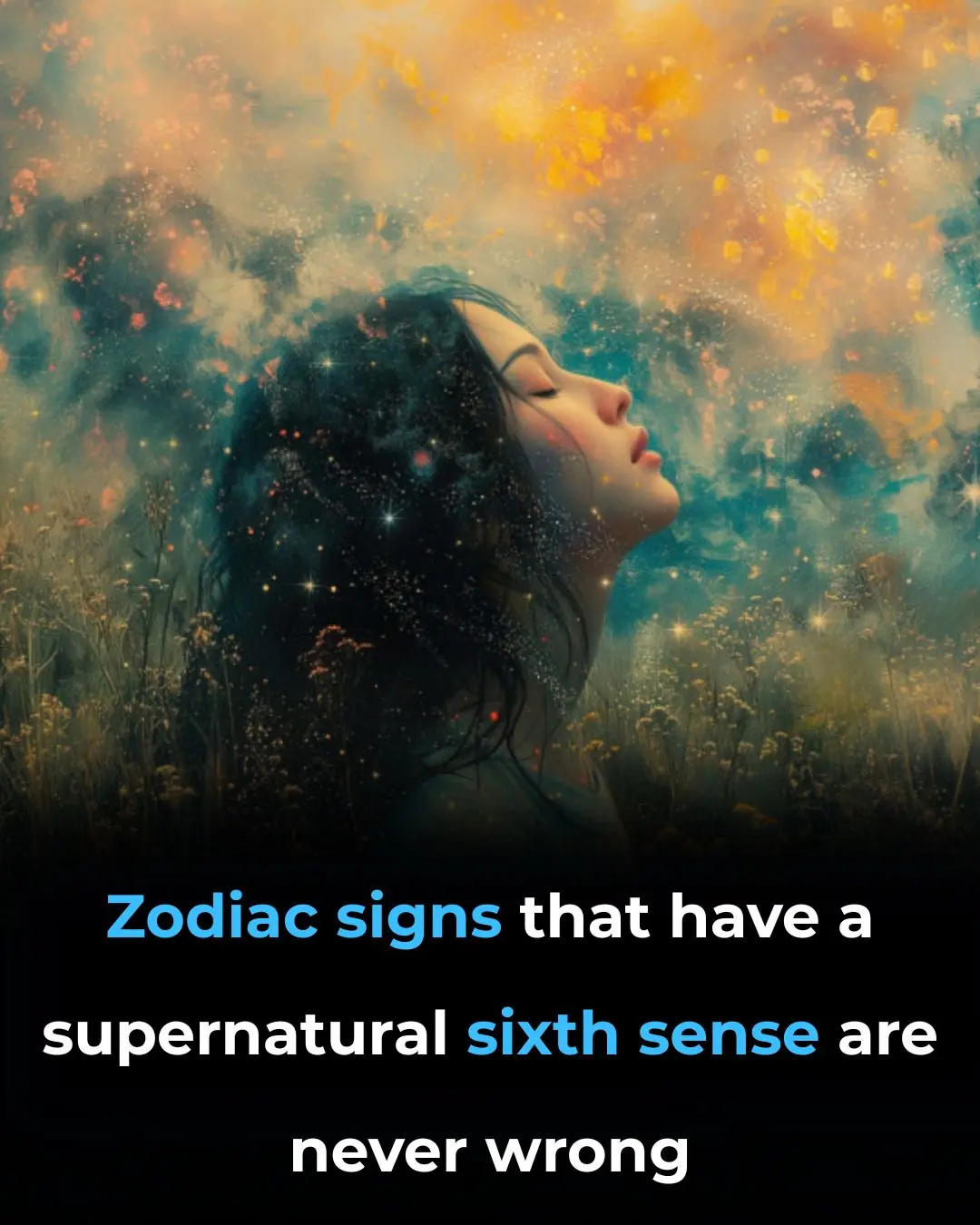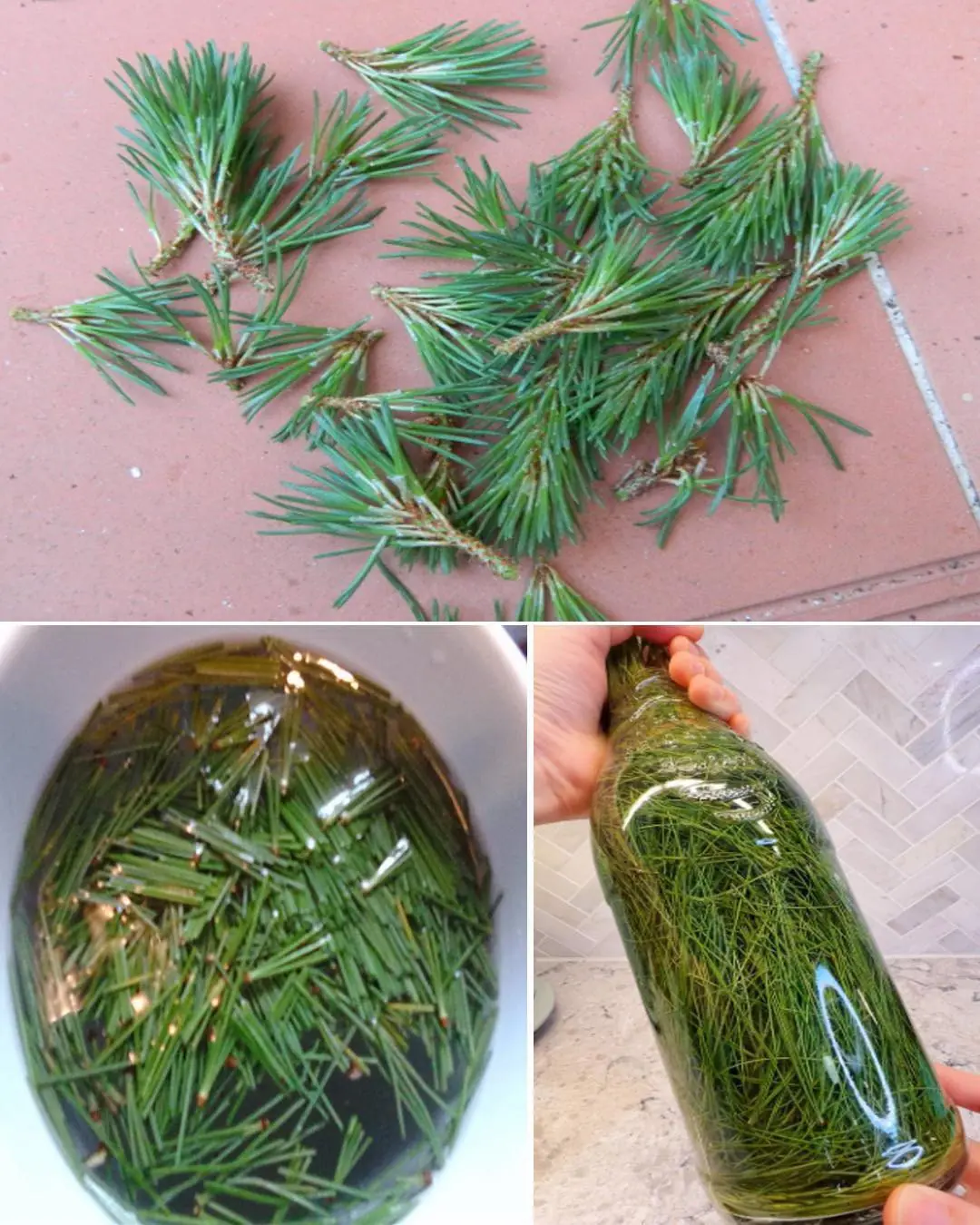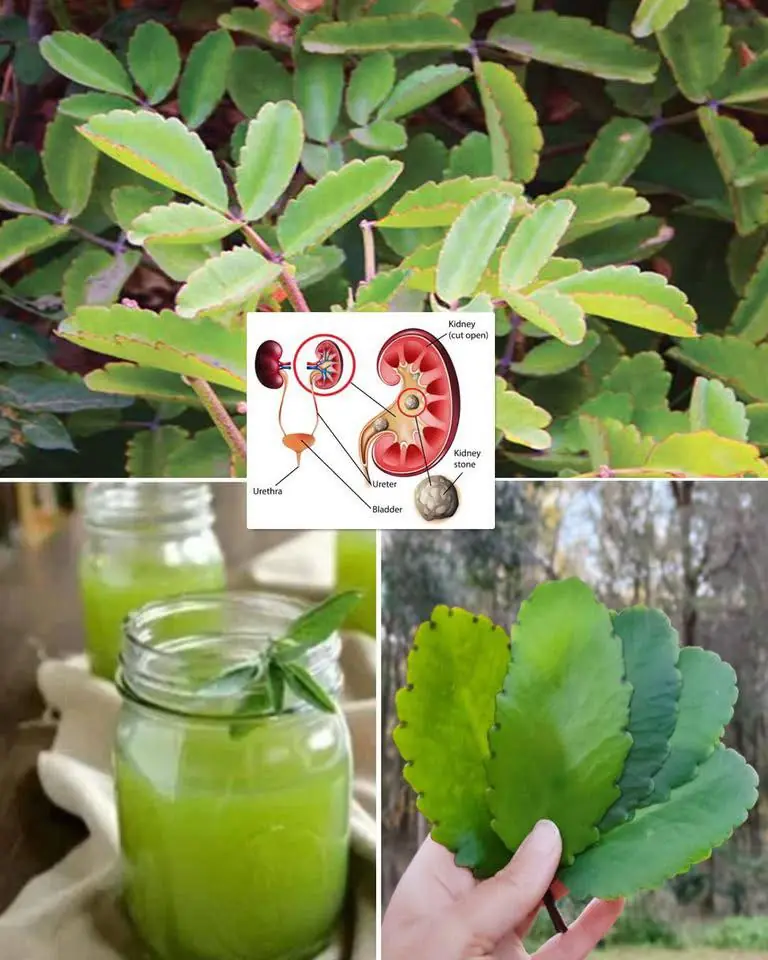
The Universe Could Undergo A ‘Catastrophic Change’ That Could Alter Absolutely Everything, Quantum Machine Warns
In a groundbreaking experiment, physicists have simulated a theoretical event that could reshape the very structure of the universe. Using an advanced quantum machine, researchers have modeled a process known as false vacuum decay—a concept that suggests our universe might not be as stable as it appears. If this theoretical transition were to occur, it could radically alter the fundamental laws of physics, restructuring reality in an instant.
The study marks a major step toward understanding the delicate balance of our cosmos. Scientists have long debated whether the universe exists in a true or false vacuum state. A false vacuum would mean that the universe only appears stable but is actually on the brink of a more energetically favorable configuration. If a shift to a true vacuum were to happen, the very constants of physics could change, leading to consequences beyond human comprehension. While the likelihood of this occurring remains uncertain, physicists are racing to understand the process and its implications.
The False Vacuum Hypothesis: Is the Universe on the Brink of Change?
The idea that the universe may exist in a false vacuum was first proposed nearly 50 years ago by quantum physicists exploring the nature of vacuum states in quantum field theory. According to this hypothesis, the universe currently resides in a metastable state—one that is not the lowest possible energy configuration but remains stable due to energy barriers preventing an easy transition to a more stable state. However, under the right conditions, these energy barriers could be overcome, triggering a catastrophic phase transition.
“We’re talking about a process by which the universe would completely change its structure,” said Professor Zlatko Papic from the University of Leeds, the lead author of the study. “The fundamental constants could instantaneously change and the world as we know it would collapse like a house of cards. What we really need are controlled experiments to observe this process and determine its time scales.”
This potential transition would start with bubble formation, similar to how bubbles of steam form in boiling water. These bubbles of true vacuum would expand at nearly the speed of light, consuming everything in their path and transforming the nature of the universe itself. Despite these alarming possibilities, scientists remain uncertain whether such an event is inevitable, purely theoretical, or something that could occur trillions of years from now. The new quantum simulation provides a critical step forward in understanding this possibility at a deeper level.
How Scientists Simulated a Potential Cosmic Shift
To explore this theory, researchers turned to a high-powered quantum annealer, a specialized quantum computing system designed to solve complex optimization problems. By configuring the quantum machine, they were able to mimic the behavior of vacuum bubbles forming and interacting in a false vacuum. This experimental setup provided valuable insights into how such a transition might unfold on a cosmic scale.

The researchers were able to control the system to artificially induce a transition from a false vacuum state to a true vacuum state, allowing them to observe the mechanics of vacuum decay in a way never before possible. Jean-Yves Desaules, a co-author of the paper, explained the phenomenon using an analogy:
“This phenomenon is comparable to a rollercoaster that has several valleys along its trajectory but only one ‘true’ lowest state, at ground level. If that is indeed the case, quantum mechanics would allow the Universe to eventually tunnel to the lowest energy state or the ‘true’ vacuum, and that process would result in a cataclysmic global event.”
This experiment allowed physicists to track the evolution of vacuum bubbles, their interactions, and how they might coalesce into larger expanding regions—all on a controlled, small scale. By understanding these mechanisms, scientists can now refine their models of cosmic evolution and assess the long-term stability of the universe.
Could False Vacuum Decay Have Already Happened?
While the idea of a sudden cosmic shift may seem far-fetched, some scientists theorize that similar transitions could have already occurred in the past. The Big Bang itself is thought to have been a transition from one vacuum state to another, where the early universe underwent rapid inflation due to an unstable vacuum state collapsing into a new, more stable configuration. If true, this suggests that vacuum decay is not just a theoretical concern but a fundamental process shaping the cosmos.
Another intriguing possibility is that vacuum decay may have already begun in some distant part of the universe. Since bubbles of true vacuum would expand at the speed of light, we would have no way of detecting their approach until they were upon us. This chilling notion underscores the importance of continued study into quantum mechanics and cosmic evolution.
Additionally, theories in multiverse cosmology suggest that our universe may be just one of many within a greater quantum landscape. If some universes are more stable than others, vacuum transitions could occur frequently across the multiverse, potentially influencing the evolution of parallel realities. While purely speculative, these ideas push the boundaries of what we know about existence itself.
The Bigger Picture: What This Means for Cosmology and Physics
The ability to simulate vacuum transitions in a controlled setting represents a major step forward in our understanding of the cosmos. While the false vacuum hypothesis remains speculative, studies like this help refine our grasp of fundamental physics and the laws governing the universe.
By studying vacuum states in quantum systems, physicists are also opening the door to practical advancements in quantum computing, energy research, and materials science. The insights gained from these experiments could contribute to the development of new quantum technologies, with applications reaching far beyond theoretical cosmology.
Additionally, this research has sparked discussions about the future of scientific exploration. If vacuum decay is a real possibility, what measures—if any—could be taken to predict or prevent it? Some theorists suggest that future civilizations with highly advanced technology might develop ways to stabilize vacuum states or even manipulate quantum energy landscapes to extend the lifespan of the universe.
Looking Ahead: What’s Next for Quantum Research?
The findings from this study have laid the groundwork for further research into false vacuum decay and quantum field theory. Moving forward, scientists plan to conduct more sophisticated simulations, leveraging improvements in quantum computing to refine their models.
“The longer we follow its orbit, the more accurate our future predictions of its trajectory become,” noted Colin Snodgrass, a professor of planetary astronomy. This same principle applies to vacuum decay research—the more we observe, the closer we come to understanding the true nature of the universe.
With further research, we may eventually determine whether the false vacuum hypothesis is a real cosmic threat or simply an abstract feature of quantum mechanics. Either way, the ability to simulate and study these processes marks a pivotal moment in modern physics.
The research was published in Nature Physics under the title “Stirring the false vacuum via interacting quantized bubbles on a 5564-qubit quantum annealer.”
News in the same category


💪 Sarcopenia: Why Muscle Loss Happens & How to Fight It (After 50)

Japanese scientists delete chromosome that causes down syndrome

Princeton Just Changed Higher Education Forever: Families Earning Under $250K Won’t Pay a Single Dollar in Tuition

8 Signs That Two Souls Are Connected, No Matter The Distance

Can you spot the book, egg, cup, and pillow?

Inside Sweden’s Cashless Future: Thousands Opt for Microchip Implants

When a cat rubs against you, this is what it means

Zodiac Signs Most Likely to Have Prophetic Dreams

What Your Pile of Dirty Dishes Might Really Be Saying About You

Scientists Claim Black Hole Could Explode in the Next 10 Years—with 90% Certainty

9 Signs Your Partner Is Trying To Get Closer To You That You Might Not Realize

When a cat rubs against you, this is what it means

WHAT HAPPENS WHEN WE TONGUE KISS…See more

What makes a man leave his wife for another woman

How to Hold and Handle an Urn with Ashes: 3 Things You Should Always Remember

Can You Spot The Problem With This Picture

9,000 Mysterious Underwater Objects Detected Along US Coastlines Spark Navy Alarm

Ladies, when a man doesn’t appreciate you, DO THIS ...

Investigator Finds Dog Tied Up Under Scorching Sun, Marked with Leopard-Like Spots
News Post

Unlock Your Body’s Hidden Power: Try Garlic and Honey on an Empty Stomach for 7 Days

Tragus Piercing What Does It Mean

9 Health Benefits of Pine Needles

Unlock The Incredible Health Benefits of Garlic, Ginger and Lemon for Men

A special method to grow garlic in plastic bottles

7 Benefits of the Miracle Leaf of Life

7 Amazing Health Benefits of Banana Blossoms

Boiling Sweet Potatoes: Don’t Just Add Plain Water—Add This Spoonful for Perfectly Fluffy, Sweet Results

The Science Behind Putting a Cotton Swab in a Menthol Oil Bottle

More People Are Struggling with Visceral Fat — Doctors Reveal 9 Foods That Help Burn It Naturally

Black Turmeric vs. Yellow Turmeric: Which One Is Better?

Starve cancer: the diet rotation strategy you need to know

Like to see more from Tips for the Home

💪 Sarcopenia: Why Muscle Loss Happens & How to Fight It (After 50)

I Had No Idea About This!

These Ideas Are Amazing: 10 Clever Ways to Use Dryer Sheets Beyond the Laundry Room

Most Don’t Know: 13 Brilliant Ways to Use WD-40 Around the House

Garlic Mustard: The Overlooked Herb That Can Boost Your Health — Especially Your Eyes

SHOCKING NEW STUDY REVEALS WHAT MIGHT BE SILENTLY DESTROYING HUMAN FERTILITY
